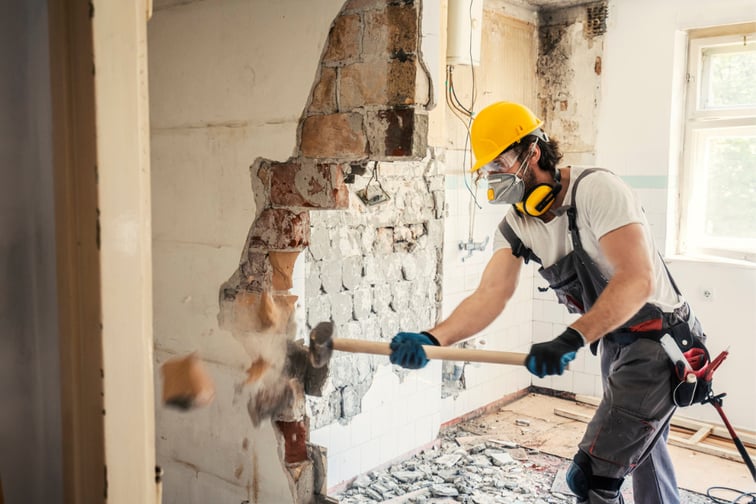

Are your clients looking to renovate this 2023?
Unfortunately, more pain awaits new home builders and renovators this year as construction costs persistently rise due to labour and material shortages as a result of the continuing impacts of the COVID-19 pandemic and the Russia-Ukraine war.
“We’ll still have supply chain issues with the availability of some products and a major problem is the lack of skilled labour,” Tristan Angelini, managing director of Melbourne construction company Hillbrook, told The Sydney Morning Herald.
“Interest rate hikes have slowed down some of the craziness for new builds and renovations, but they haven’t stopped it. And while we need more staff, we can’t hire from overseas because of COVID, the requirement for Australian qualifications, and they’d need vans that we used to get from Russia and which now have a two-year wait if they come from the US.”
The construction industry could also be impacted by a looming US recession, while changes in the national construction code have further pushed up costs in some states and territories. Victoria, for instance, agreed to lift the minimum energy efficiency building standards for new homes from 6 stars to 7, with better glazing and insulation.
“We’ve got contracts into 2023 and 2024, but that will add a lot more onto the cost of new homes and about 10 to 15% for renovations,” Angelini said. “We advise consumers to do their research and choose a builder who’s reasonably priced, reputable, and has mechanisms in place to avoid bankruptcy.”
And while there were different heating and cooling targets in Sydney, the issues are just the same. Daniel Wright, director of Wright Construction, said it’s not going to be any easier in 2023, SMH reported.
“At the moment, we’re paying $80 an hour for brickies, which is horrendous, and unless the market gets suddenly flooded with tradies – which won’t happen – that will stay the same,” Wright said. “We’re not getting all the workers from England, Ireland, and Brazil anymore.
“The rate of growth of prices from materials is coming down a bit, but those costs only make up around 10% of the total costs. We were getting in timber from Russia for a while, but not now. We’re all doing what we can to keep prices down, but we’re trying to get sparkies for one project, and it’s now crazy expensive.”
As construction costs became more expensive, the average value of a new house approval has jumped by nearly $98,000 from March 2020 to October last year, ABS figures showed.
The Housing Industry Association was a bit more upbeat about the coming year. Tim Reardon, HIA chief economist, said that while construction costs climbed 20% in the financial year 2021-22, they’re expected to lift only a further 5 to 7% in 2023-24.
So, while prices will continue to be elevated, at least they won’t continue to skyrocket.
“We’ll still see prices grow, but by 2024 that rate of growth we expect to slow considerably,” Reardon said. “The rises in the cash rate are taking demand out of the new housing market but, in contrast, we don’t expect renovations to slow at all.
“They’ll continue at that same elevated level as many people are now working from home and COVID lockdowns showed them how they wanted to improve their homes, while many households built up their savings.”
He believed that labour costs will continue to plague the industry, but some materials will become more available over the year ahead. Certain products, like tapware and different types of tiles, however, will continue to face shortages in various parts of the country, which means homeowners may have to substitute for their first choices.
Phil Dwyer, the national president of the Builders Collective of Australia, said that the ongoing difficulties plaguing the industry would likely weed out the less financially stable players.
“We believe we can’t avoid ending up in a recession and that might also have the benefit of convincing manufacturers to offer more competitive prices as they’ll want to sell more product,” Dwyer told SMH. “The supply chain will continue improving with time as well.”
What do you think? We’d love to hear from you in the comments below.
